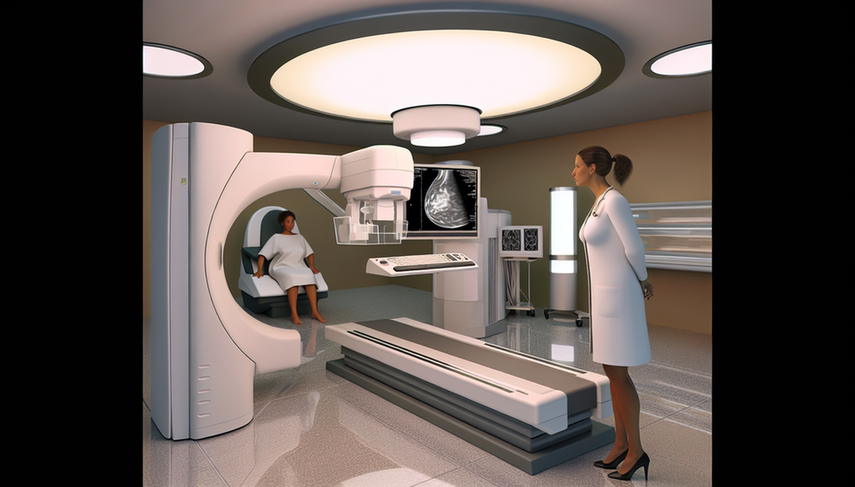3D Mammography: Innovative Imaging Technology for Early Breast Cancer Detection

The early detection of breast cancer is a fundamental pillar in the fight against this disease, which remains one of the leading causes of mortality among women worldwide. 3D mammography, or digital breast tomosynthesis, represents a significant advancement in the imaging technology used for early diagnosis of this condition. This innovative method provides a more detailed and accurate view of breast tissue, enhancing the ability to detect abnormalities at earlier stages.
Advances in Imaging Technology for Breast Cancer Detection
Traditional mammography has long been the standard for breast cancer detection. However, it has limitations, especially in women with dense breasts, where sensitivity may be compromised. The introduction of 3D mammography has significantly improved cancer detection rates by allowing clearer and more detailed visualization of breast structures [1]. This advancement translates into a reduction of false positives and a lower rate of callbacks for additional testing, thereby decreasing anxiety and stress in patients [2].
Moreover, 3D mammography has proven particularly effective in detecting hidden lesions that may go unnoticed in conventional mammography [3]. This is crucial for early diagnosis, as it enables the identification of tumors at earlier stages when treatment options are more effective and survival rates are higher.
Conclusions
3D mammography represents a significant advancement in breast cancer detection, offering a more precise and reliable tool for early diagnosis. As this technology becomes more widely integrated into screening programs, it is essential for healthcare professionals to be informed about its benefits and limitations. The implementation of this technology can significantly improve health outcomes for women, reducing mortality associated with breast cancer and enhancing the quality of life for patients.
Referencias
- [1] Artificial intelligence for breast cancer detection in mammography and digital breast tomosynthesis: State of the art.
- [2] Systematic review of 3D mammography for breast cancer screening.
- [3] Breast Cancer Screening and Diagnosis: Recent Advances in Imaging and Current Limitations.
Created 24/1/2025
